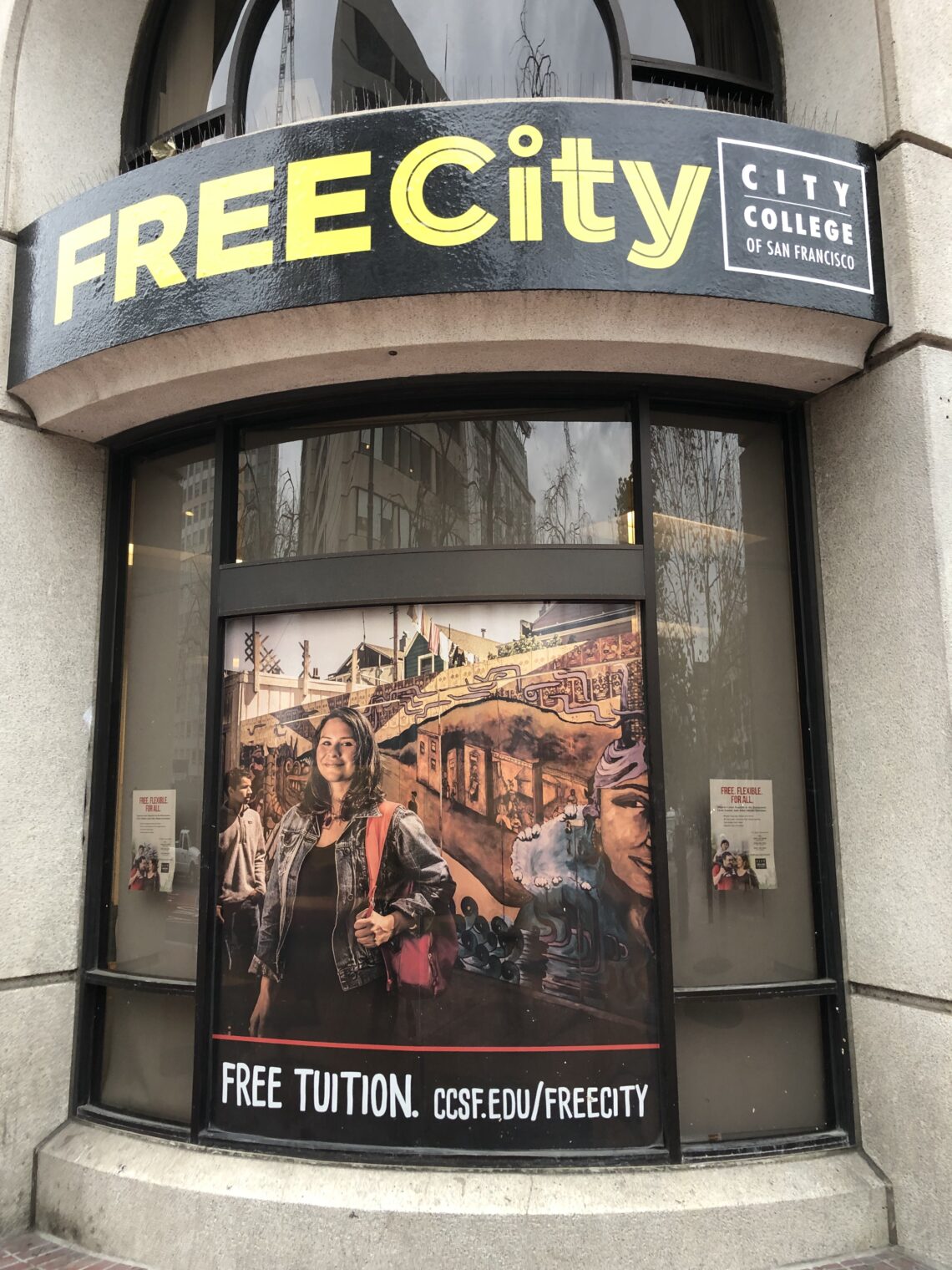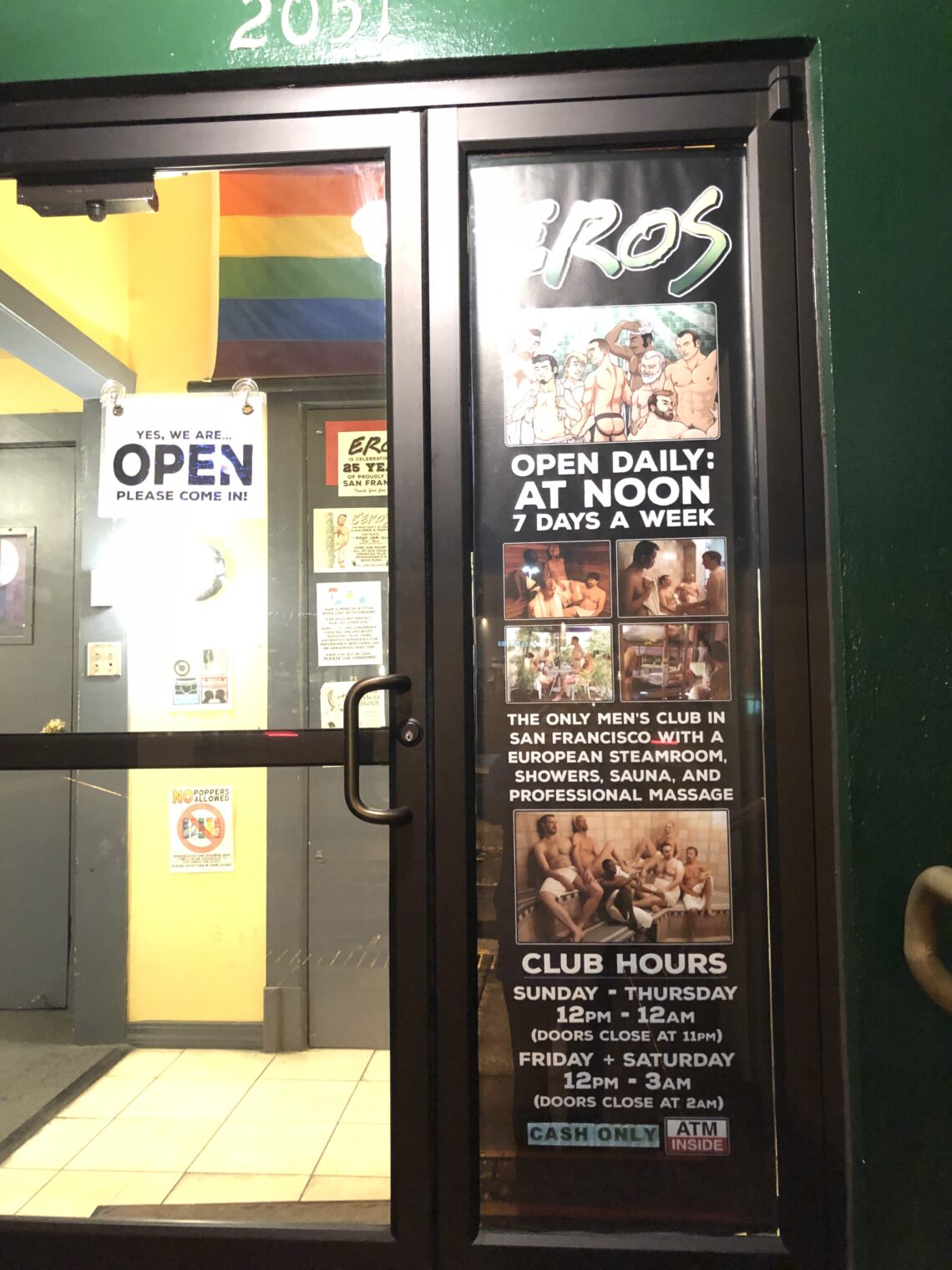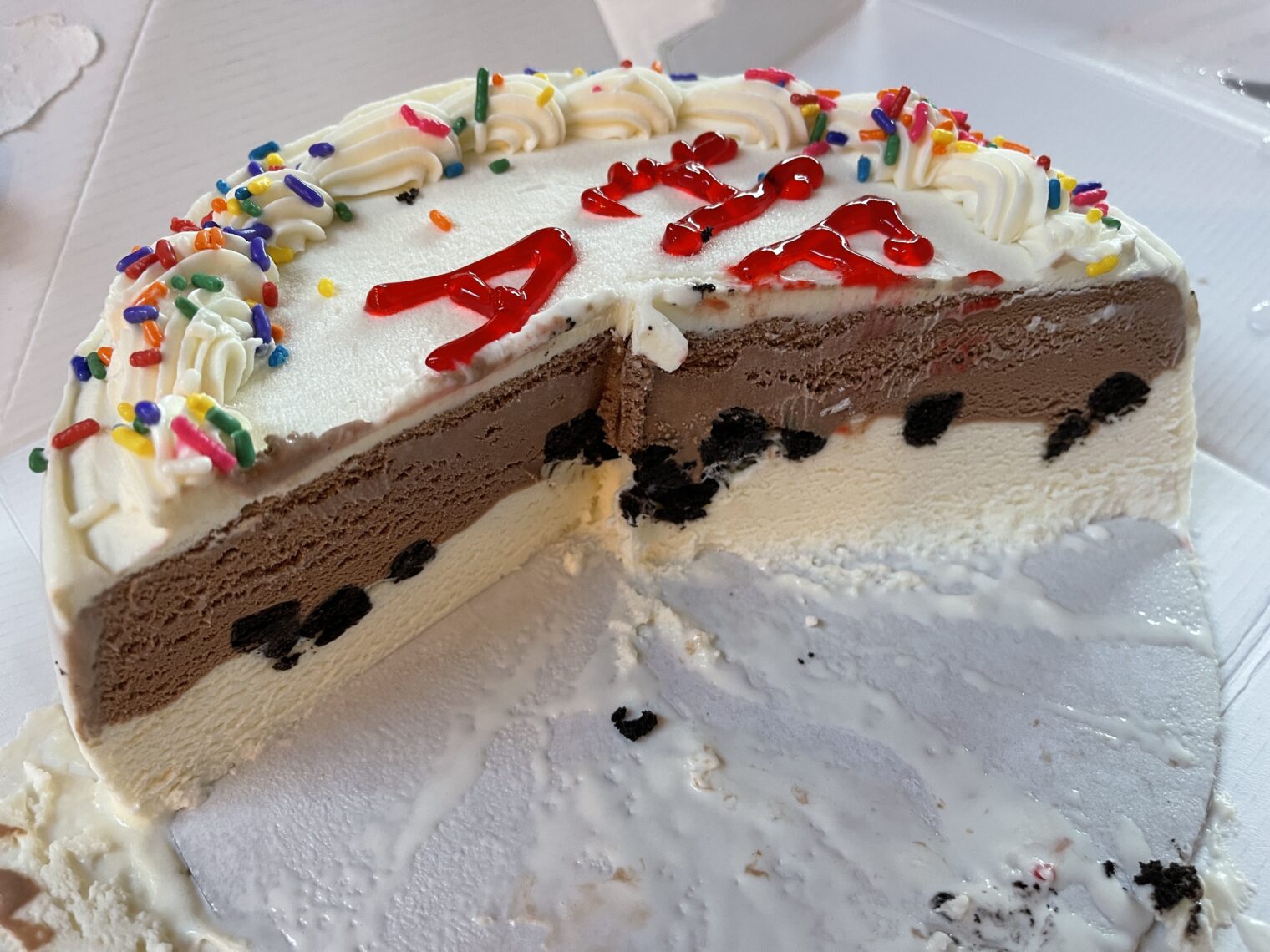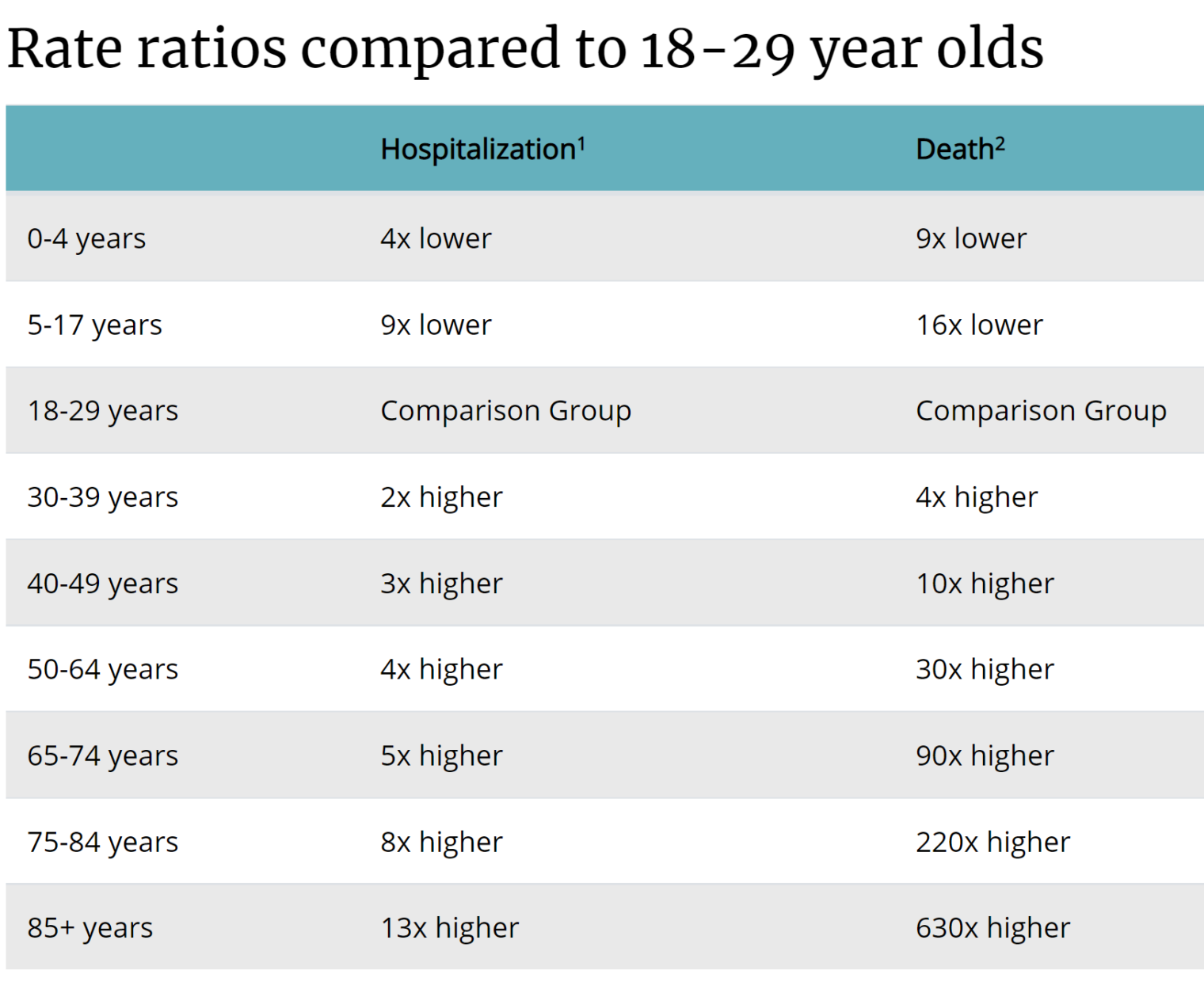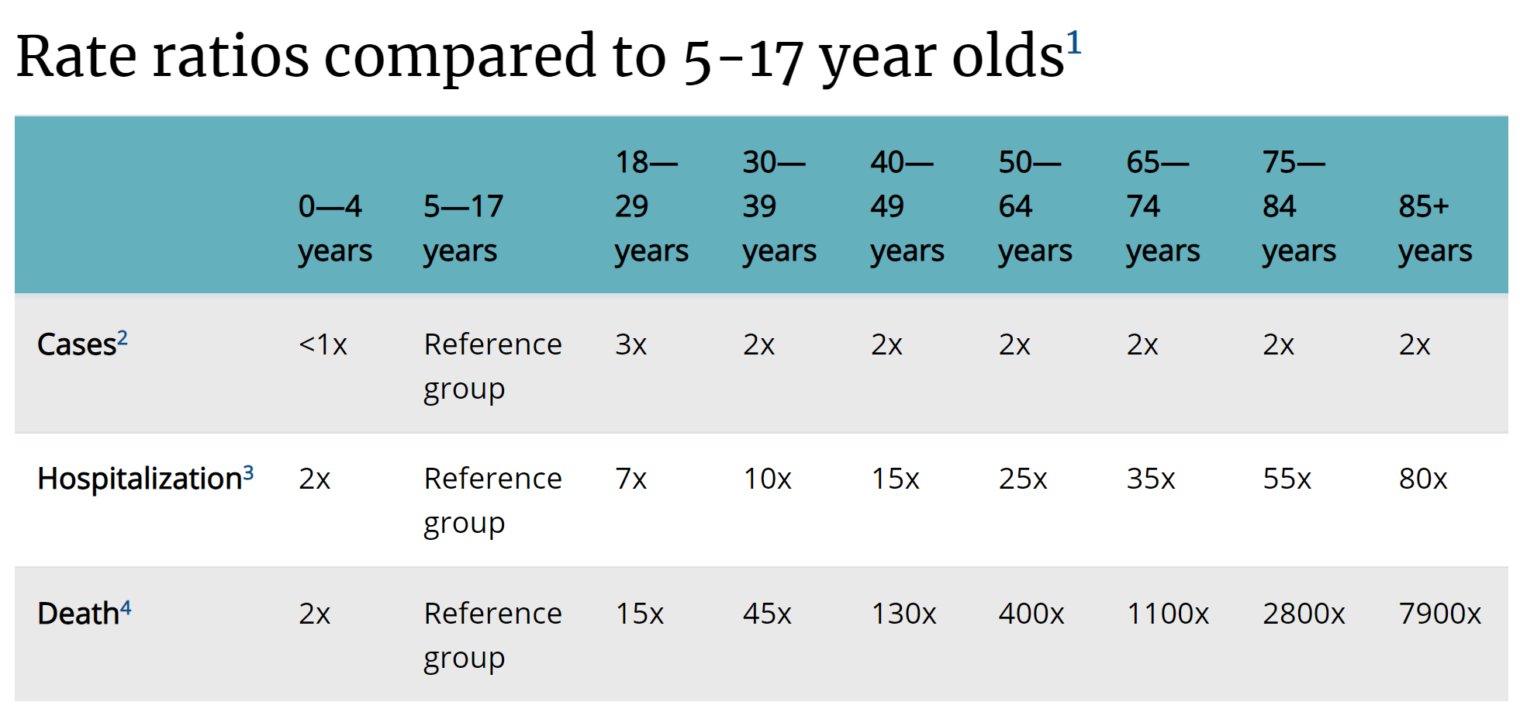Same rotation, but the second week of Internal Medicine brings a new attending and new residents. I get in at 6:15 am to pre-round on my two patients from the weekend (one was discharged on Sunday). I run into one of the interns for the service. Terrific Tiffany appreciates the patient summaries from Sleek Sylvester, Ditzy Diane, and myself — we are the only ones that know the patients because everyone else has left the service. Tiffany is refreshed after her 3-week stint at the resident clinic before she slaves away for a month on inpatient “wards”. We head to morning report and then directly to our new attending’s office to meet him. Formal Frank is infamous for long bedside rounds in which we present in the patient room. He expects formality and professionalism in all interactions with patients. Every time we go into the room we introduce each member of the team: “Hi, my name is Student Doctor [Sylvester].” The medical student and intern are responsible for performing a comprehensive history and physical (including neurologic exam), medications (“always have note of their medications and dose in your pocket”); the senior is responsible for presenting the assessment and plan. He also goes through expectations for an intern and resident. The resident is in charge of allocating work, a brief synopsis note, and deciding how many patients to take on the census. The intern should each hold about 7 patients. He concludes the meeting by asking Ditzy Diane, “When do you call me?” blank face. “Anytime you need me.”
His reputation does not disappoint. Rounds last until about 12:30 pm. Bianca is a little nervous because we haven’t done any “work” (writing notes, discharge orders, etc.). We each present our two patients in the room. The attending expects a full H&P instead of the shorter SOAP update note. Tiffany always adds a few items we forget. She knows everything about the patient. When we are finally done, our classmates on IM have been studying in a circle in the resident lounge for at least an hour. Gigolo Giorgio asks us, “Why are you guys all smiling?” We look at each other. “I don’t know, we’re smiling? We just got done with rounds, maybe that’s why?”
Boss Bianca, a PGY2 internal medicine resident who completed an intern year of surgery before switching to internal medicine (3 years of training) sits down with us in the lounge after rounds while the interns hit the computers. She’s classic type-A, getting up at 4:00 am each day to read a new journal and read in her favorite Harrison’s textbook for residents, but she has an insatiable passion for teaching.
“I’m really impressed how good your presentations are for medical students. I’ve made a template that I shared with each of you for notes in the morning. Try to organize your morning presentations just like the note.” She concludes, “It’ll take us a few days to get used to how Dr. [F] wants us to work together, but we’ll have plenty of teaching times.” We work for two hours on notes before Boss Bianca pulls us over again. We go over some of her myriad powerpoints on every medical topic. Today is how to interpret a urinalysis (“UA”).
We are pre-call so we admit four patients. Ditzy Diane takes a 50-year-old stroke patient with expressive aphasia presenting for COPD exacerbation. Diane: “It was really hard completing a history on him. His family had left when I got there.” I admit a 73-year-old lady for acute on chronic hypoxic respiratory distress secondary to COPD exacerbation and CHF exacerbation. Around 3:00 pm, we meet Formal Frank, our attending, in the ED and present our patients. Sylvester, who admitted the first patient, reads verbatim from his H&P note. I just admitted my patient around 2:30, so I do not have any time to start writing a note; instead I struggle to verbalize my disorganized notepad.
Call day: we have several rapids and one code blue. Bianca and I get there first, and I watch her take over the show. She clearly instructs the nurses to get vitals, blood sugar, and EKG. The patient goes in and out of having a pulse. She starts checking for the 5H’s and T’s of PEA. She listens to his lungs for a pneumothorax. We do a bedside needle decompression before the attending arrives and we cart him a few rooms down to an ICU bed.
She recounts her first rapid response as an intern. “I was called at night to a rapid response for bradycardia [slow heart rate]. We worked the patient up, and it was clear that this was caused by an overdose of her home metoprolol. The unit nursing director came in and questioned why I was not giving her atropine. There was no indication for atropine. She was not symptomatic. The unit director then called several attendings saying the intern did not know what she was doing. Two attendings arrived. I gave report: ‘patient developed bradycardia after double dose of metoprolol. Her blood pressure is 120/68, without mental status changes, pulse in 40s with no st changes on her ekg’ The nursing director was furious. I stared into her eyes and told her to go get glucagon [a medication used for hypoglycemia, clearly not needed in this situation]. The attendings smile at me, and walk out.” Slyvester laughs, “Go get me glucagon. What a classic! You are such a boss.”
Bianca gives some handy advice: “When you first arrive, make everyone feel calm. The room should be quiet in a well run code. Assign the nurses to do specific tasks so people aren’t idly standing around. For example, get a 12-lead EKG, put the pads on, check blood glucose, and ABG. This will also highlight who doesn’t need to be in the room. People gravitate to a code situation and the room suddenly becomes packed. If there is someone crowding the room, or not following your orders, send them out of the room politely to grab something. Doesn’t matter what.”
I admit a patient with alcoholic pancreatitis with Terrific Tiffany. I lead the interview, with Tiffany starting her H&P and placing basic admission orders on the computer. The IM service gets evaluated based upon how quickly admission orders and transfer orders are placed on ED admissions. This is the patient’s second admission for pancreatitis (2 years prior) with no change in his alcohol consumption habit. We start him on aggressive IV fluids. Tiffany quizzes me on pancreatitis management. How do we diagnose pancreatitis? How do we risk-stratify pancreatitis? I don’t give convincing answers. “The most prognostic lab value is blood urea nitrogen on admission and if it remains elevated after 48 hours. Look up the various pancreatitis score system and we’ll chat about it.”
Over the next few days Bianca sits down with us to go over several useful topics. I appreciate her because she gives concrete examples about disease, and will provide specific data about interventions. For example, instead of saying statins are helpful in primary prevention of CV events, she will explain that statins have about a 20-30 percent relative risk reduction in cardiovascular events over 10 years.
We have an afternoon lecture with one of our professors. We walk around the hospital in a group of six watching people walk by. We see one patient who has a diagonal ear lobe. “Frank’s sign” is more specific for CAD [coronary artery disease] than any stress test. We walk by a 50-year-old obese female with an antalgic gait [unusual way of walking in order to avoid pain]. “What do you think could be causing her pain? Look at her knees.” Ditzy Diane responds, “Her knees are bent out.” The professor continues: “Yes, look at how her leg is in valgus. Women have wider hips which make their legs into valgus strain. They are at much higher risk of arthritis and knee injuries because of this.”
We continue down to the hospital lobby to people-watch. We notice a patient with jaundice. We get distracted by our doctor going on a rant about the rise of autoimmune conditions as a result of glyphosate, the active ingredient in Round-Up. “A high dose results in the gut wall epithelial cells’ tight junctions opening up in seconds. A low dose results in gut wall opening in hours, but when you add various antigens like gluten it opens in minutes.”
[Editor: “Roundup Maker to Pay $10 Billion to Settle Cancer Suits” (New York Times, June 24, 2020): “The longest and most thorough study of American agricultural workers by the National Institutes of Health, for example, found no association between glyphosate and overall cancer risk, … The Environmental Protection Agency ruled last year that it was a ‘false claim’ to say on product labels that glyphosate caused cancer. The federal government offered further support by filing a legal brief on the chemical manufacturer’s behalf in its appeal of the Hardeman verdict. It said the cancer risk ‘does not exist’ according to the E.P.A.’s assessment.”]
Our next call day, Bianca gifts the pager to Tiffany, a bundle of nerves. Tiffany gets a page during morning report and steps out. As the ultimate demonstration of trust, Bianca doesn’t go with her. Morning report: 45-year-old real estate agent who is transported from home via EMS at 8:00 pm for anaphylaxis. His 15-year-old daughter used her EpiPen, which likely saved his life. He reports flushing, scratchy throat and occasional hives that occur around 8:00 pm most days for the past month. In the history, we learn that he gets a burger almost every day at a diner near his work. We work him up for Alpha-Gal, or “Midnight Anaphylaxis” (delayed reaction from lone star tick leading to red meat antigen). We catch up with Tiffany walking back to the lounge and she is out of breath and sweating. “That was crazy. My first rapid alone. Oh my God that was scary.” Bianca smiles, “Awww, I remember my first rapid.” She turns to the medical students. “Rapids are way more nerve-wracking than codes. Codes you have a clear ACLS protocol. Rapids you have no idea what you’ll be walking into. You have no idea about the patient’s medical history so you have to quickly absorb the information while dealing with an acute problem.”
Statistics for the week… Study: 4 hours. Sleep: 6 hours/night; Fun: 0 nights. We do our 24-hour call on Friday. There is not much activity so the night team sends us home at 10:00 pm. We have Saturday off after morning report and return Sunday.
The rest of the book: http://fifthchance.com/MedicalSchool2020
Full post, including comments
